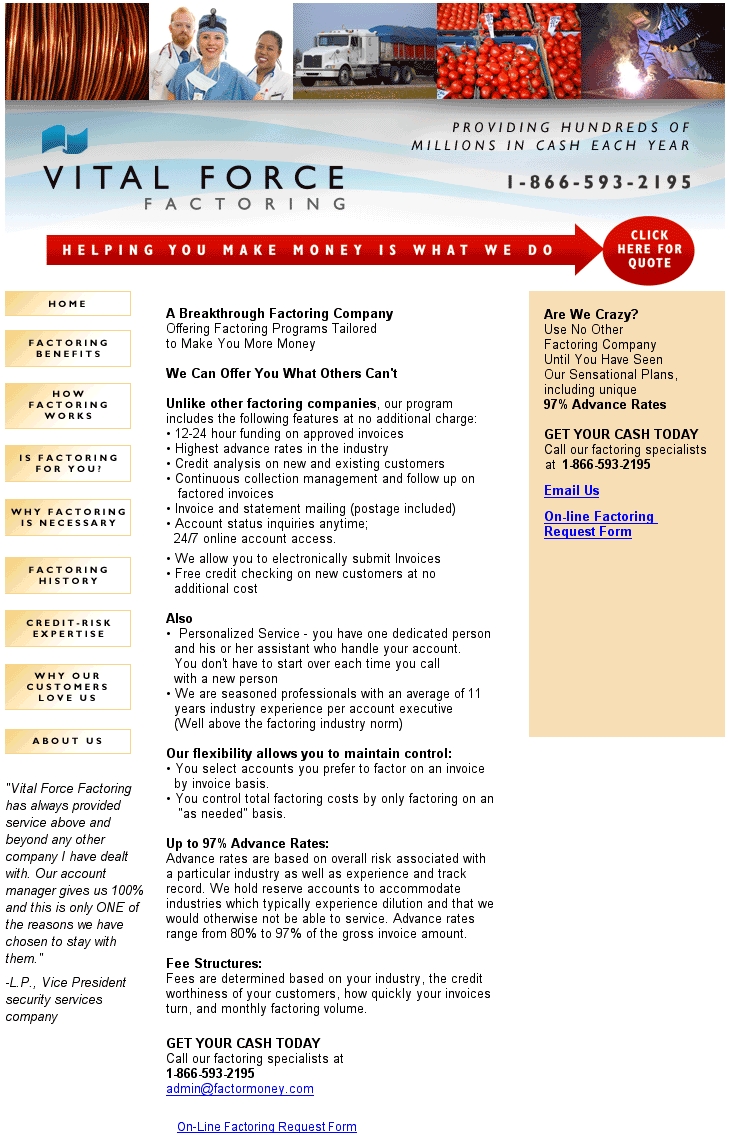
As part of this agreement, the company hands over its debtors’ book to the factoring firm and its customers are made aware that there is a third party involved. With invoice factoring, the company sells its accounts receivable to the factoring company.But the main points of difference are as follows. Is invoice discounting the same as invoice factoring? the invoice discounting company) involved. Customers are usually unaware that there is a third party (i.e. It also continues to administer its own sales ledger and manage credit control processes.


The company remains responsible for collecting payments directly from its customers. The company pays a percentage of the invoice amount to the lender as a fee for borrowing the money. With invoice discounting, a financial services provider pays a company funds that are secured against the company’s accounts receivable. While these funding mechanisms do share some similarities, they are quite different – and it’s important for businesses to be aware of the discrepancies before choosing the most suitable agreement. Invoice discounting is one approach to invoice financing. Invoice financing is ideal for any company, large or small, that is struggling to survive due to extended credit terms or one that is battling to obtain other types of business credit. Instead of waiting 30, 60, 90 or even 120 days for the payments due on credit sales, an invoice financing company can advance working capital against the company’s outstanding debtor balances. Invoice financing, available in a variety of forms, unlocks the working capital tied up in a company’s accounts receivable.

When customers do not pay for goods and services promptly, this puts pressure on the company’s finances, leaving little working capital available for key operational expenses, such as paying employees and suppliers.Ī lack of working capital can also prevent a company from reinvesting in its own operations or capitalising on new business opportunities, which can significantly hinder the company’s ability to position itself for long-term growth and success. Every business depends on a healthy cash flow to stay afloat and operate efficiently.


 0 kommentar(er)
0 kommentar(er)
